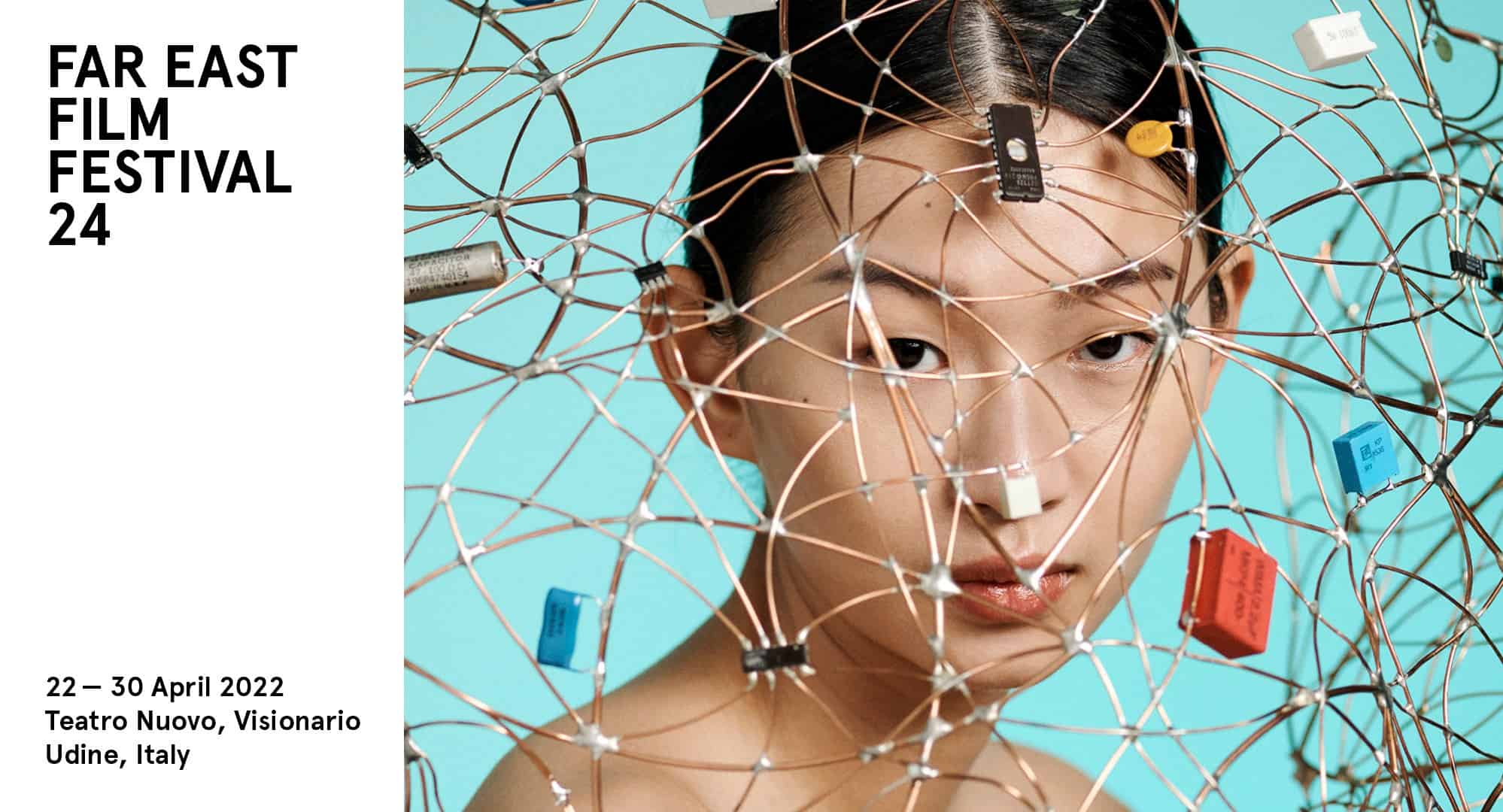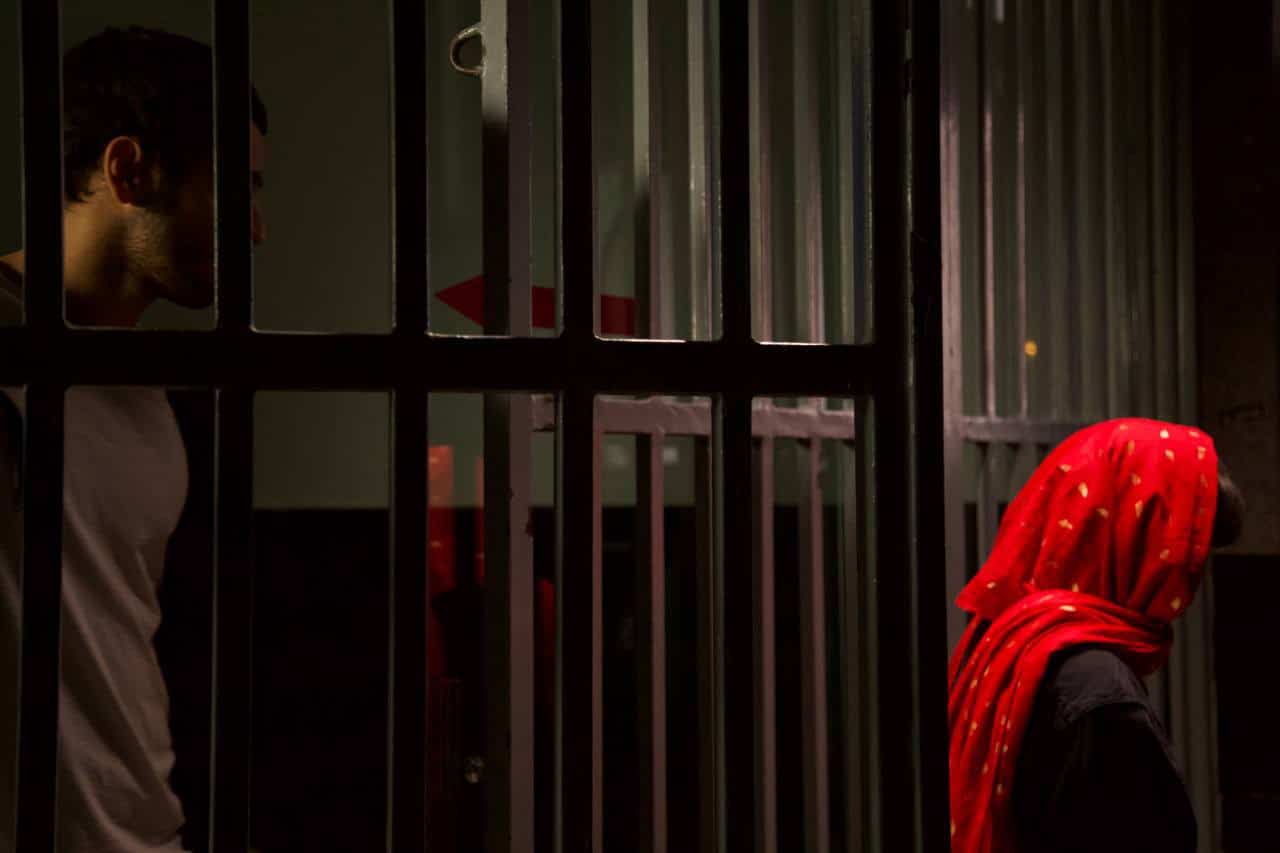During his long career as a filmmaker, Kinji Fuksaku shot many classics, including the “Battles Without Honor and Humanity”-features, “Street Mobster” and “Graveyard of Honor”, to name but a few examples. However, especially in the Western world, all of these were outshone by “Battle Royale”, his last full effort as a director – a feature whose influence can be felt even today with directors such as Quentin Tarantino calling it his favorite film or film-series such as “The Hunger Games” being more or less modeled after Fukasaku's original. While there is no denying the film has its iconic moments, with some of them having become parts of popular culture in their own right, it is maybe at its most controversial when being regarded as a political parable, a reading even the director himself seems to have supported if his last interviews are any indicator. However, despite the success of “Battle Royale”, there was also an eight-minute longer cut of the film, which the director seemingly favored, adding a few more scenes, a few flashbacks and, most notably, three epilogues, adding more depth to some of the characters.
“Battle Royale – Director's Cut” is screening at Udine Far East Film Festival

In the near future, economic recession and political oppression, along with a rise in crime rates and a growing gap between the younger and the older generations, the government has passed the so-called “BR-ACT”, a bill which aims at lowering the crimes especially committed by young people through various measures. One of these is the Battle Royale, a competition which sees the students of a randomly chosen high-school class fighting each other to the death on a remote island, using whatever weapons they have been provided with. This year, middle-school class 3-B is chosen, much to the shock of the students who find themselves inside a military facility, being instructed to the basics of Battle Royale by their former teacher Kitano (Takeshi Kitano).

Realizing there is no escape and with some of his classmates already on their way to kill each other, Shuya Nanahara (Tatsuya Fujiwara) sets out to protect Noriko (Aki Maeda), the secret flame of his friend, one of the first victims of Battle Royale. On their way through the island, they do their best to survive, evading those students keen of killing, such as Kazuo Kiriyama (Masanobu Ando) and psychotic Mitsuko Souma (Kou Shibasaski). At the same time, they find an unlikely companion in Shogo Kawada (Taro Yamamoto), a transfer student and winner of a former Battle Royale. However, as time runs out and the number of students steadily declining, even their precarious band of friendship is put to the test.
While many of the iconic scenes and moments of “Battle Royale” have been discussed multiple times in past reviews (also on this website), it is nonetheless interesting to take a closer look at the differences between the two versions of the film, the theatrical and the director's cut. Putting aside the added CGI as well as the reaction shots, perhaps the most noteworthy addition is the basketball scene and the epilogues, shedding some more light onto the character of Mitsuko, the friendship between Nobu and Shuya and the connection of Kitano and Noriko, the latter of which even serving as some kind of link to the feature's sequel. Especially in the light of “Battle Royale” being a fable on the generational gap, its political and social implications, the added footage is far more than some “side content” as it constitutes a juxtaposition to the violence and carnage of the present. Even though Fukasaku is not known for being a hopeful filmmaker, with many of his features defined by a dark, sinister and, most importantly, cynical tone, these additional scenes show the possibility of a utopia marked by brotherhood and a different kind of competition; in this case the basketball game. Many have noticed (and taken offense) in the change of pacing and tone of those extra scenes, but in the greater context of the themes “Battle Royale” seeks to explore, they most certainly have a right to be there.
At the same time, this extra footage also highlights “Battle Royale” as being an ensemble piece. While many reviewers tend to emphasize the main performances by Fujiwara, Maeda and Kitano (to name but a few), Fukasaku's feature is, after all, an ensemble effort, benefiting greatly from the many different facets reflected in each character, an aspect already present in Koushun Takami's novel from 1999, which is the source for the film. With some of them being presented with the opportunity to take revenge and those who bullied them, or affirm the clique they already belonged to the various actors, especially Shibasaki and Yamamoto (again, just to name a few). Fukasaku stresses the transformation of these students, how a seemingly carefree moment (like the basketball game) can turn into something much darker and violent (as the Battle Royale). Additionally, the epilogues highlight Kitano, perhaps one of the most enigmatic and funny characters of the feature, superbly played by Takeshi Kitano whose usual blend of drama and dead-pan humor is the perfect fit for this role.
In conclusion, “Battle Royale – Director's Cut” is a much more complete edition of the original theatrical version. The additional footage not only gives more details to some of the characters, but also highlights some of the core themes which were important to its director, and have accompanied him throughout his whole career.















